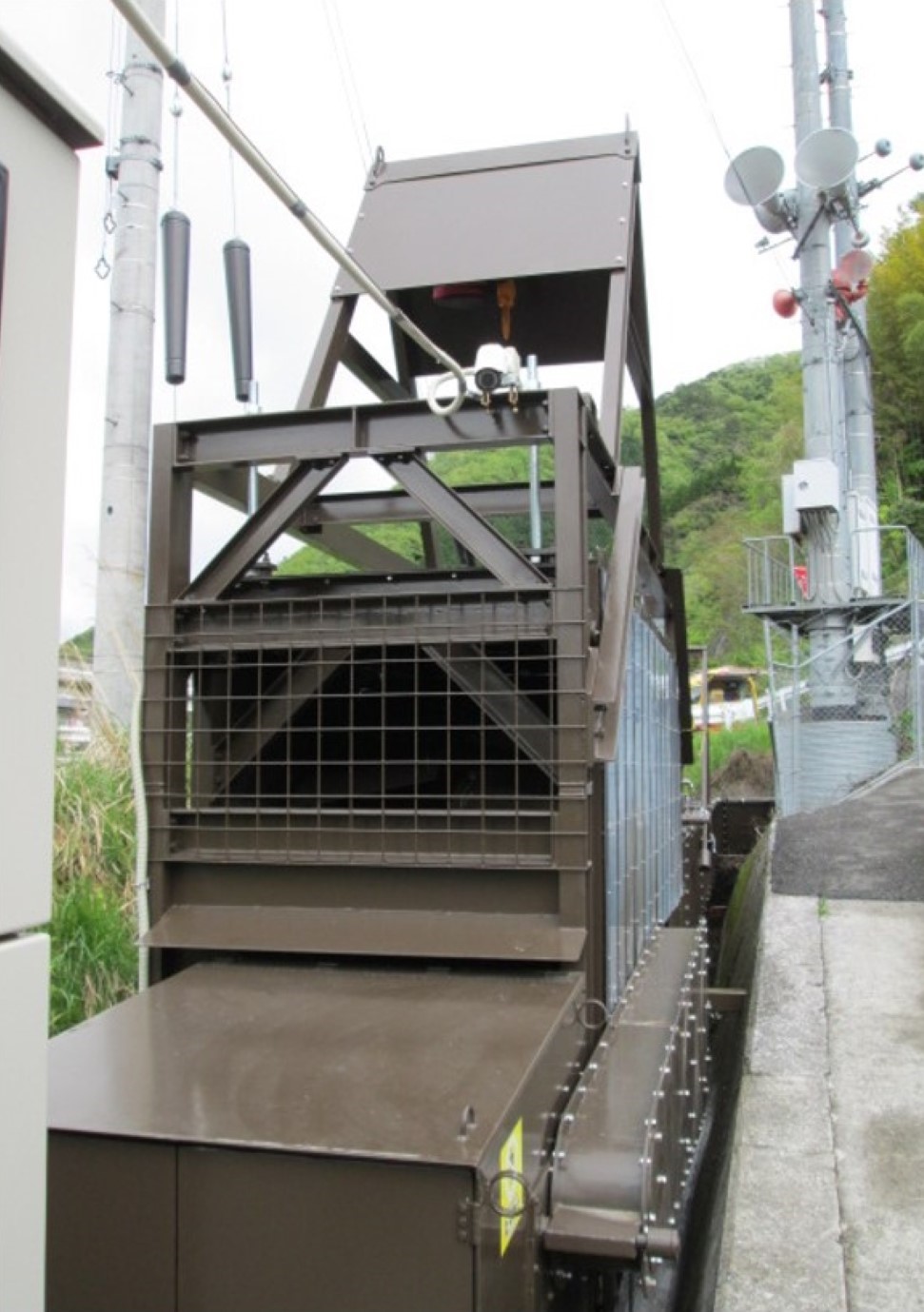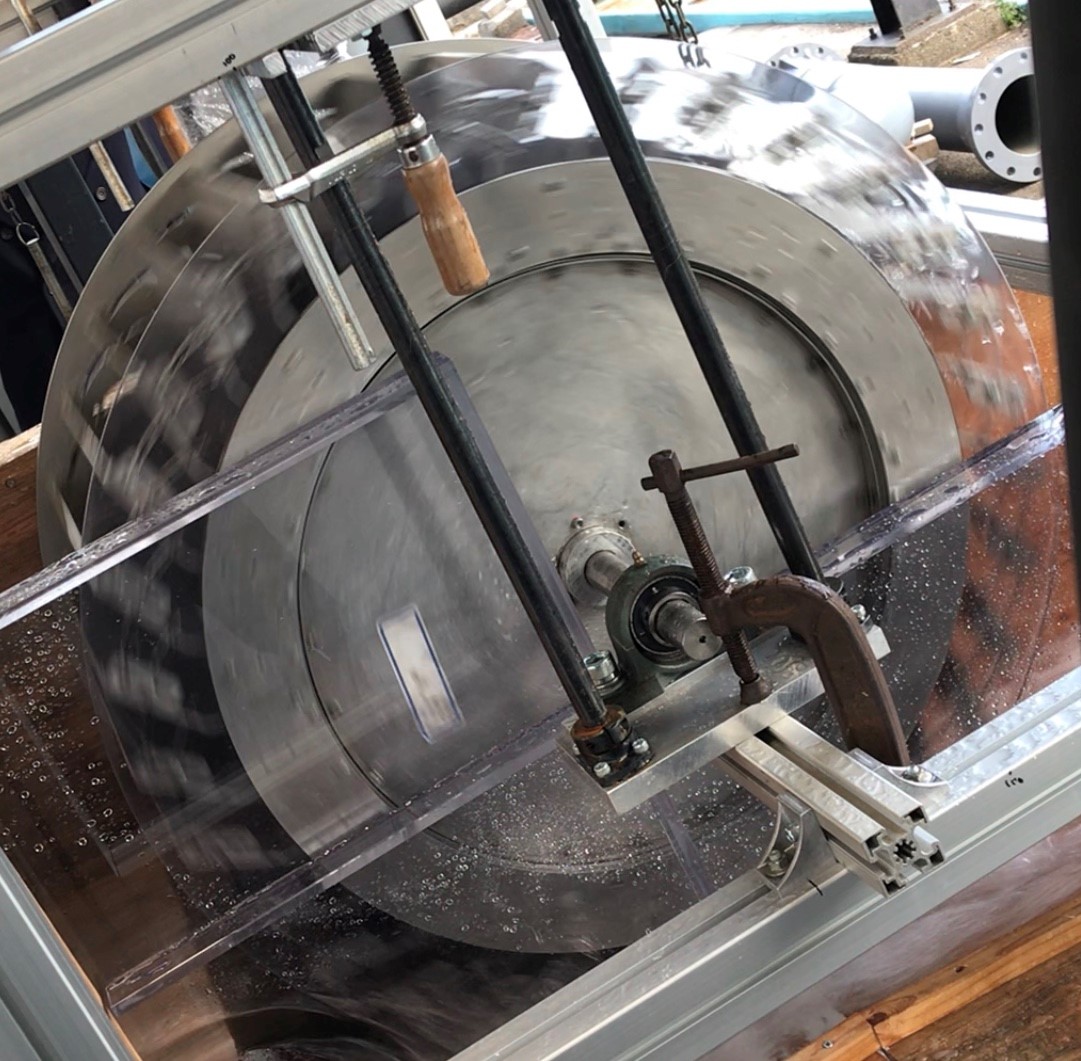Summary
- Profile Type
- Technology offer
- POD Reference
- TOJP20241001002
- Term of Validity
- 1 October 2024 - 1 October 2025
- Company's Country
- Japan
- Type of partnership
- Commercial agreement with technical assistance
- Targeted Countries
- All countries
Contact the EEN partner nearest to you for more information.
Find my local partner
General information
- Short Summary
- A Japanese company offers their intellectual property rights to technology for an open-type micro hydropower unit through a licensing agreement. The company's hydropower technology can efficiently convert unused hydropower energy into electricity.
- Full Description
-
This Japanese company specializes in small-scale (micro) hydroelectric power generation, solar power generation and other energy-saving services.
In the internationalization process, the company is now offering its intellectual property rights for a recently developed micro hydropower unit through a licensing agreement. Their technology can be used to effectively convert unused hydropower energy into electricity.
An innovation of their technology is that it enables the installation of hydropower equipment in locations previously considered unsuitable or impossible for conventional technologies, creating access to untapped hydropower. Additional innovations account for challenges such as fluctuations in waterflow and animal migration, as well as provide protection against overflow, debris, and heavy snowfall.
The Japanese company has conducted extensive research and development in fluid engineering, fluid mechanics, high-performance turbomachinery, and power control technology. Furthermore, through Computational Fluid Dynamics (CFD) research and hundreds of model tests, they have improved the accuracy of their technology. Their research results have also been featured in multiple publications.
Intellectual property for this technology is currently registered in Japan, Hong Kong, Taiwan, the United States, Canada, Indonesia, and elsewhere, and patents, designs, and trademarks have also been registered in Europe. More applications are pending in other regions.
The company is looking to expand to Europe because they regard the European market as a leader in decarbonisation. As decarbonised energy becomes increasingly popular, this company’s technology is an effective tool for generating hydropower energy. - Advantages and Innovations
-
The company's micro hydropower units consisting of water turbines, generators, accelerators, and power controllers can be installed in locations once thought impossible. Advantages to this technology include reducing not only energy loss due to changes in waterflow, but also the risk of overflow, debris accumulation, maintenance costs, and harm to biodiversity.
Although conventional propeller-type turbines block waterways, causing overflows and blockages, the company’s micro hydropower units are suitable for installation directly into waterways with rapid currents and drop-offs. This is possible because the company's turbines generate power using only fast-flowing surface-level water. The outcome is little risk of overflow, little need for debris control, and reliable operation even in heavy snowfall. As a result, the turbine can be effectively installed in undeveloped headwater drop structures (for example, below dams), and maintenance costs can be significantly reduced compared to conventional turbines.
In addition, the Japanese company invented a new open-type breastshot waterwheel in 2021. A key feature of the open-type breastshot waterwheel is that it can be installed even in low-head and low-waterflow conditions. This type of installation is possible because the waterwheel can be repositioned so that hydraulic energy is converted at optimal efficiency into electricity, resulting in stable power generation regardless of waterflow fluctuations. Moreover, in order to convert the volumetric force between the blades of the waterwheel into angular momentum, concave blades shaped to effectively hold the mass of the fluid are used.
Finally, their waterwheel is also biodiversity-friendly. Conventional water turbines do not allow the passage of fish, but the Japanese company’s hydropower units facilitate the movement of fish that migrate upstream by only using surface-level water. Both fish and debris can pass through unhindered beneath the unit. - Stage of Development
- Available for demonstration
- Sustainable Development Goals
- Goal 7: Affordable and Clean Energy
- IPR status
- IPR granted
- IPR notes
- Intellectual property, such as patents, trademarks, and designs, has been acquired and registered in Japan and other countries. The Japanese company has a basic patent application pending in Europe, designs and trademarks have already been granted.
Partner Sought
- Expected Role of a Partner
-
The Japanese company is looking to partner with organisations that are (or will be) actively involved in ecological solutions, SDGs, sustainability, smart agriculture and other aspects of locally produced and consumed energy use. This includes EU companies that want to generate hydropower for their own particular use.
Regarding a partnership’s structure, they wish to offer their technology through a licensing agreement, but they are open to other types of partnership as well. - Type and Size of Partner
- SME <=10
- SME 11-49
- Big company
- SME 50 - 249
- Type of partnership
- Commercial agreement with technical assistance
Dissemination
- Technology keywords
- 04005009 - Energy from wastewater
- 02009026 - Energy supply system
- 04002012 - Other energy related machinery
- Market keywords
- 06010002 - Energy for the community/public sector
- 06003004 - Marine energy
- 06007001 - Other energy production
- Sector Groups Involved
- Renewable Energy
- Targeted countries
- All countries



